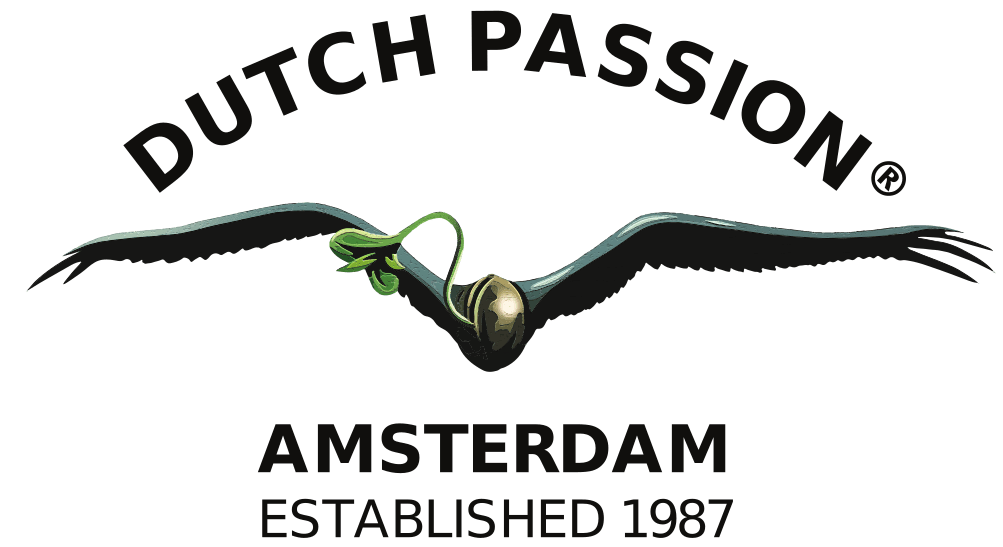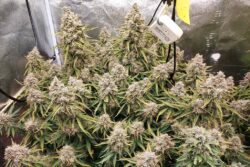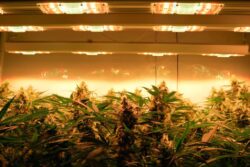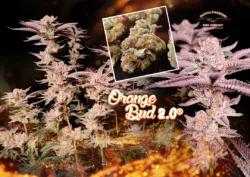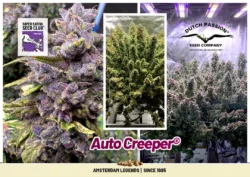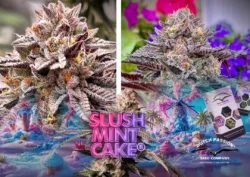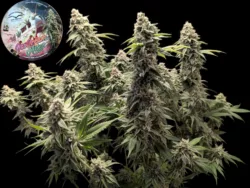Outdoor cannabis cultivation climates guide
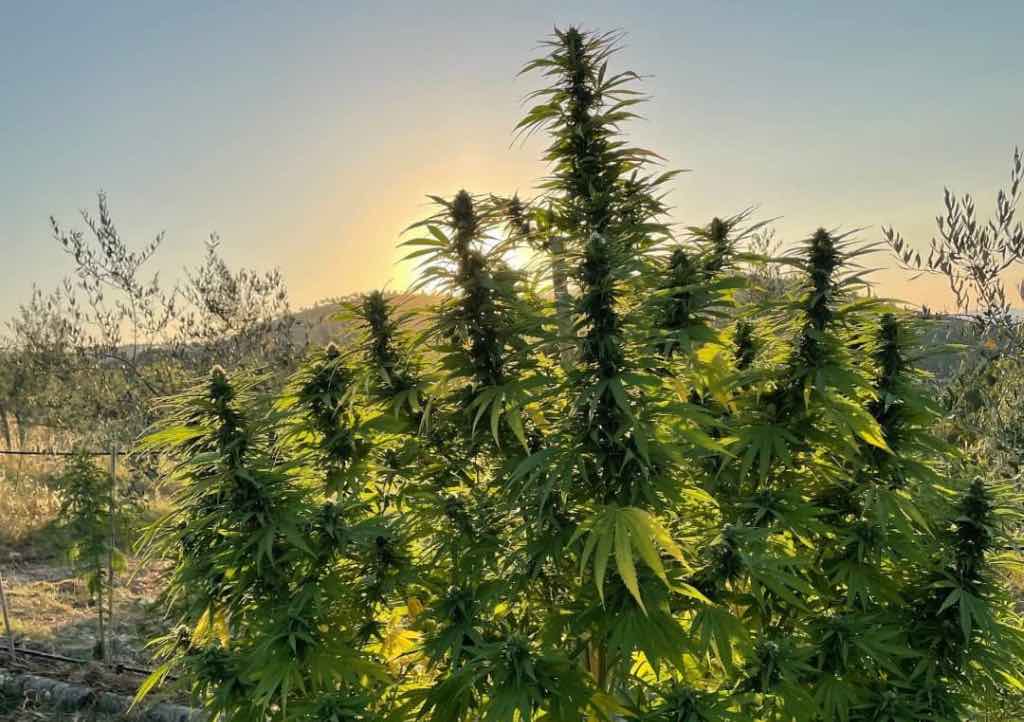
Outdoor cannabis cultivation has many serious attractions. You don’t need to equip a potentially expensive high-tech indoor grow room, nor do you need to pay for the electricity to light, heat and air-condition it. Outdoor growing is the cheapest way to grow your own cannabis. Choose the best cannabis seeds for your specific outdoor grow location and you can expect top quality results and heavy yields. This Dutch Passion guide to outdoor growing climates will explain everything you need to know.
What climate does cannabis grow best outdoors?
Apart from those places that experience extreme weather conditions, many people will be able to grow either feminised cannabis seeds or autoflower seeds outdoors. Outdoor growers generally wait until the last spring frost has passed before planting their cannabis seeds or seedlings. Likewise, they prefer to harvest their plants before the cold & wet autumn/fall conditions are established.
Cannabis prefers outdoor conditions where daytime temperatures are around 20-25ºC but good outdoor strains will cope well even if these temperatures are not reached. Outdoor plants prefer night time minimum temperatures to remain above 15ºC, but again good outdoor cannabis strains will cope when this isn’t possible.
Outdoor summer temperatures above 30ºC are not ideal for cannabis but are difficult to avoid, but sturdy outdoor strains will perform well even in non-optimised conditions.
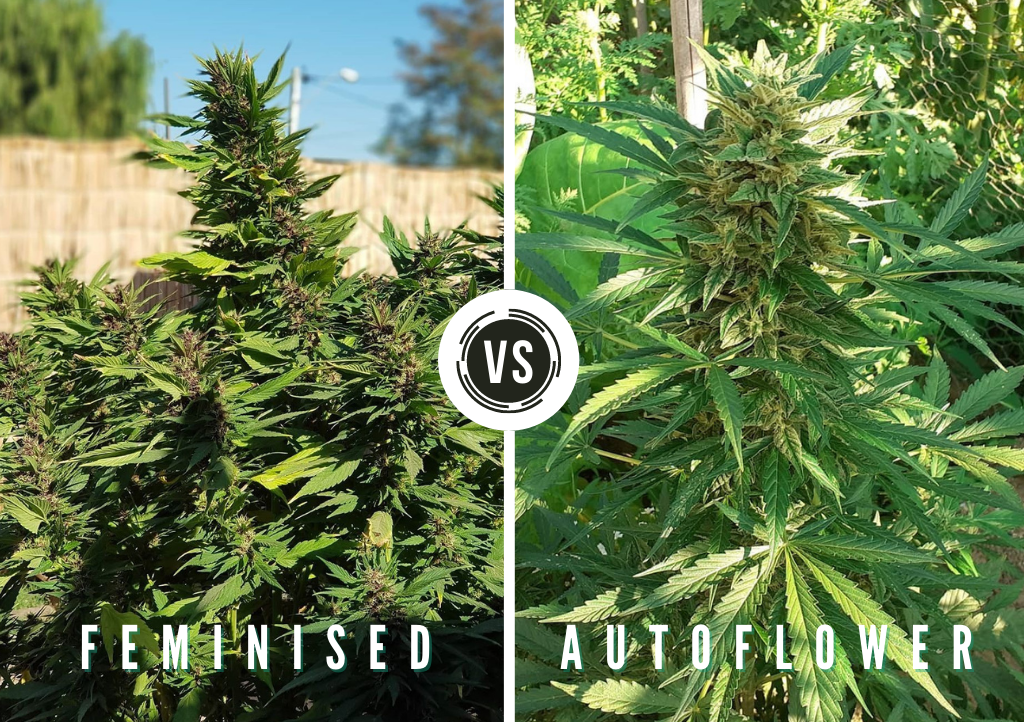
Related:
Growing different strains of weed together outdoors
When growing feminised cannabis seeds outdoors
Many feminised strains finish around early October in the northern hemisphere, early April in the southern hemisphere. If your weather is too unpredictable at this stage of the season you may be better off considering autoflower seeds which have a faster life cycle.
Ideally you can rely on warm sunny summers with a gentle autumn/fall. This allows your photoperiod feminised strains time to finish. Get things right and you can produce photoperiod outdoor plants 3-4m tall and just as wide with unbeatable harvests – several kilograms of dried buds per plant are possible if your climate allows it.
Related:
Top 10 outdoor cannabis seeds
When growing autoflower cannabis seeds outdoors
Autoflower strains may not have the same potential to produce 3m tall outdoor monsters with 1Kg+ dry yields. But they do finish faster than photoperiod outdoor strains and for some growers with shorter growing seasons this is a vital benefit. You can grow an autoflower strain outdoors in growing seasons with just 3 months of summer – even northern Scandinavian growers can now manage an outdoor crop.
Plenty of outdoor growers now also plant a few autoflowers to allow a mid-summer harvest. Some outdoor growers plant 2 or 3 successive crops autoflowers each season. Stealth strains such as Auto Duck grow with a stabilised natural leaf deformity, making the plants very hard to identify especially pre-bloom.
Related:
Top 5 outdoor guerrilla and stealth cannabis strains
Outdoor cannabis growing macro and micro climates
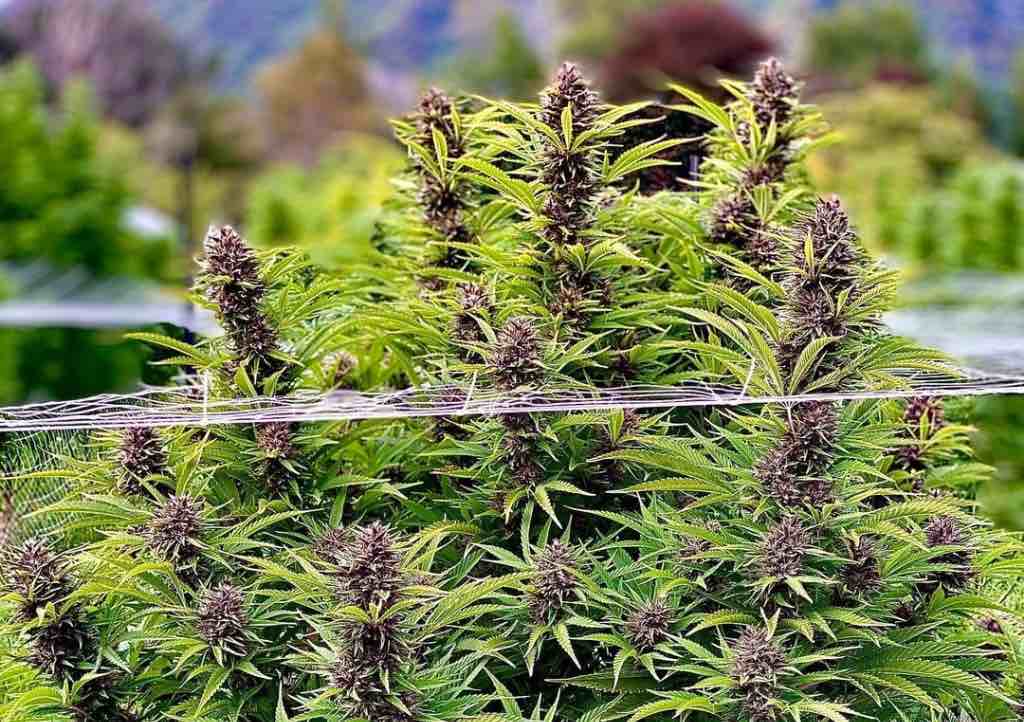
The macro climate of a particular region explains the general overall climatic trends expected. However a micro-climate may exist in e.g. specific sheltered sun-facing locations which can offer more favourable grow conditions. The key task for any committed outdoor grower is to fully understand their grow location.
Knowing the date of the average last spring frost and the likely dates when rough end-of-season weather arrive are two key parameters. This information could determine whether autoflower seeds or outdoor feminised cannabis seeds would best suit your specific needs.
Related:
Top 5 best yielding outdoor feminised seeds
A quick look at local grow forums or social media posts of local growers will give you a feel for activities of other outdoor growers at your latitude. This may indicate the type of strains you can grow as well as the likely climatic challenges you are likely to face.
| North | South | Intertropical | |
|---|---|---|---|
| Latitude | 21° – 55° N | 21° – 55° S | 20° N – 20° S |
| Climate | Varies from tropical to temperate | Varies from tropical to temperate | Tropical |
| Autoflower seed suitability | Especially suited to more northerly growers where feminised strains may struggle to finish. | Especially suited to more southerly growers where feminised strains may struggle to finish. | Autos can be grow as easily as feminised strains.* |
| Photoperiod seed suitability | Less suited to northerly extremes with short seasons. | Less suited to southern extremes with short seasons. | Photoperiod strains should grow easily and finish well even with slow finishing sativa strains. |
| Watch for | Difficult early/late season weather at northern extremes. Mid summer maximum temperatures becoming increasingly hot. | Difficult early/late season weather at southern extremes. Mid summer maximum temperatures becoming increasingly hot. | Peak summer temperatures may difficult for some strains to tolerate. |
| Germination | MAR-APR – MAY | SEPT – NOV | All year long |
| Harvest | SEPT – NOV | MAR – MAY | All year long |
Special notes about cannabis seed germination & harvest dates
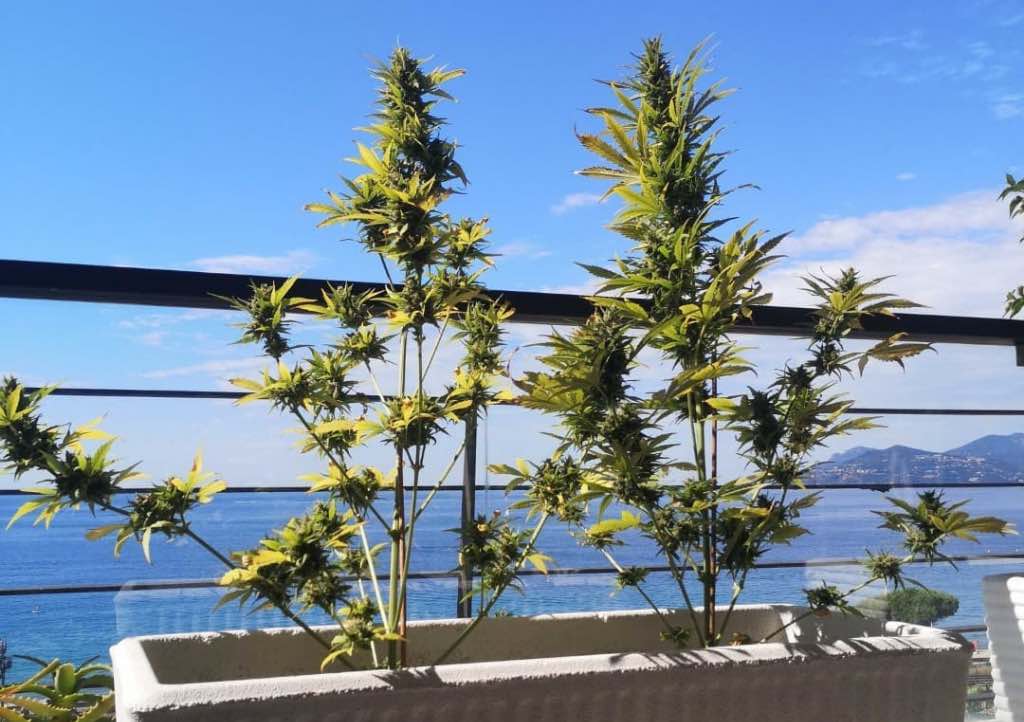
Cannabis seed germination:
The difference from 21ºN to 55ºN (and the corresponding zone in the southern hemisphere) covers a diverse climatic range. Likewise daylight hours will vary markedly throughout the grow season as will temperatures. At 21ºN (or 21ºS) your grow season starts earlier than it would at more temperate/cooler latitudes. That means you can start your seeds much earlier and enjoy a longer season at more equatorial latitudes.
Cannabis plant harvesting:
At 55ºN (or 55ºS) the climate/season may only just support the completion of bloom with photoperiod feminised strains. That means you need to consider the most appropriate strains with the best chance of finishing. End-of-season storms can bring a cold, damp and sunless end to the grow season. Not all strains will finish in time and faster autoflower strains may become more attractive to the grower with climatic challenges. But at 21ºN (or 21ºS) you will find your outdoor cannabis plants finish much earlier than they might at colder latitudes. You may be harvesting in early September in the northern hemisphere at 21ºN instead of late October at 55ºN.
*Autoflower seed growth in intertropical zones (20ºN-20ºS):
You may see differences growing autoflower seeds on the equator vs at 20ºN/20ºS. You will see differences in the climatic conditions, daylight hours and temperatures from 21ºN – 55ºN. The same applies between the equator and 20º either side of it. This means that you may not wish to grow e.g. an indica autoflower strain with minimal stretch too near the equator with permanent 12/12 lighting. The result may be dwarf plants with little stretch.
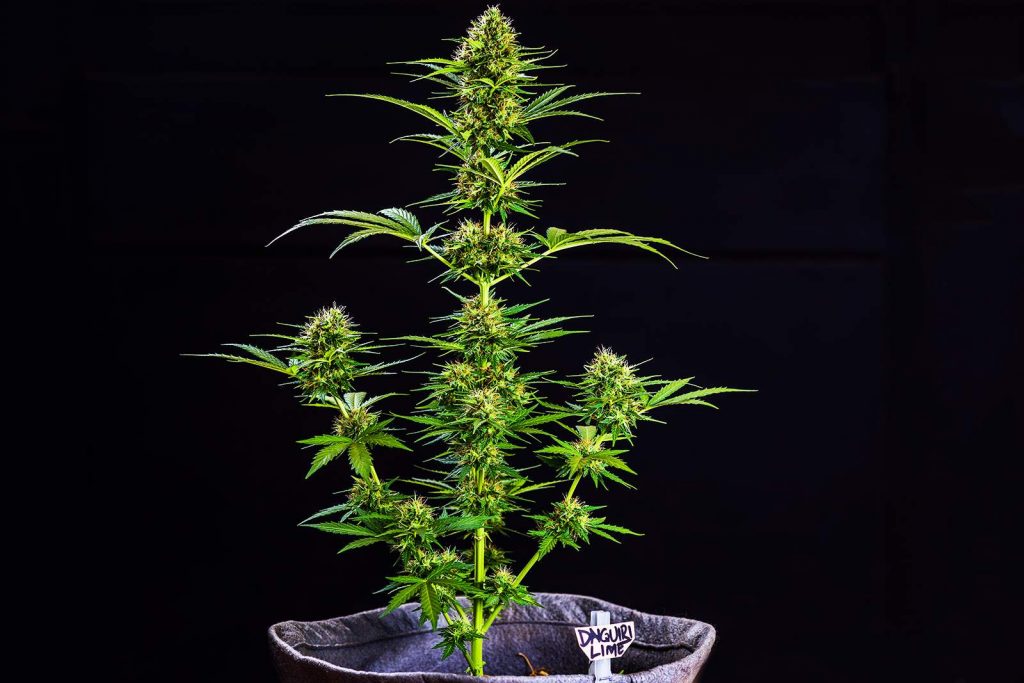
Growing cannabis outdoors in the northern hemisphere
With a tremendous divergence in outdoor growing conditions just between various parts of Europe, growers in the northern hemisphere need to know their conditions well. The challenges are increased by the climatic variability seen in recent years. Some northern European summers are cool and grey, some can deliver brutal heat waves.
Growers in USA & Canada also face wide local variations in climate. Use of greenhouses and poly tunnels can be a good way of surviving the unpredictable weather that can be seen in both spring and autumn/fall. Selection of proven, resilient outdoor cannabis strains is important if your climate can be demanding. If the weather makes life too difficult for your photoperiod feminised strains you may well want to consider autoflowering cannabis seeds.
Growing cannabis outdoors in the Southern hemisphere
As with outdoor cannabis growers in the northern hemisphere, greenhouses and polytunnels allow the the southern hemisphere outdoor grower to shelter their vulnerable young plants until the weather has settled down. If end-of-season storms arrive early then you may want to consider growing outdoors in containers which can be moved into a greenhouse/polytunnel if required. Starting your photoperiod feminised cannabis seeds early in e.g. a greenhouse can allow you longer vegetative growth periods and higher subsequent yields.
Growing cannabis outdoors in tropical areas
Growing cannabis outdoors in tropical areas presents the grower with the widest choice of strains to grow. Even long blooming sativa or Haze strains which may be impractical to grow at higher latitudes can be grown around equatorial latitudes. Specific conditions will affect strain choice. If growing in a high humidity jungle climate then a proven sativa (such as Desfrán) which can cope well with steamy conditions, mold and rain would be a good choice.
Cannabis genetics and their preferred microclimates
Cannabis is a tough species which actually copes well across a broad range of grow conditions. But some strains are preferred in certain microclimates. Indica strains which evolved to survive life in bleak, mountainous terrains will cope better in these conditions than a sativa or hybrid. Conversely, those growing in tropical conditions may find that sativa dominant feminised and autoflower strains cope best with their conditions. When growing outdoors, selection of cannabis genetics can make the difference between a successful harvest or no harvest at all.
Growing cannabis in warm climates
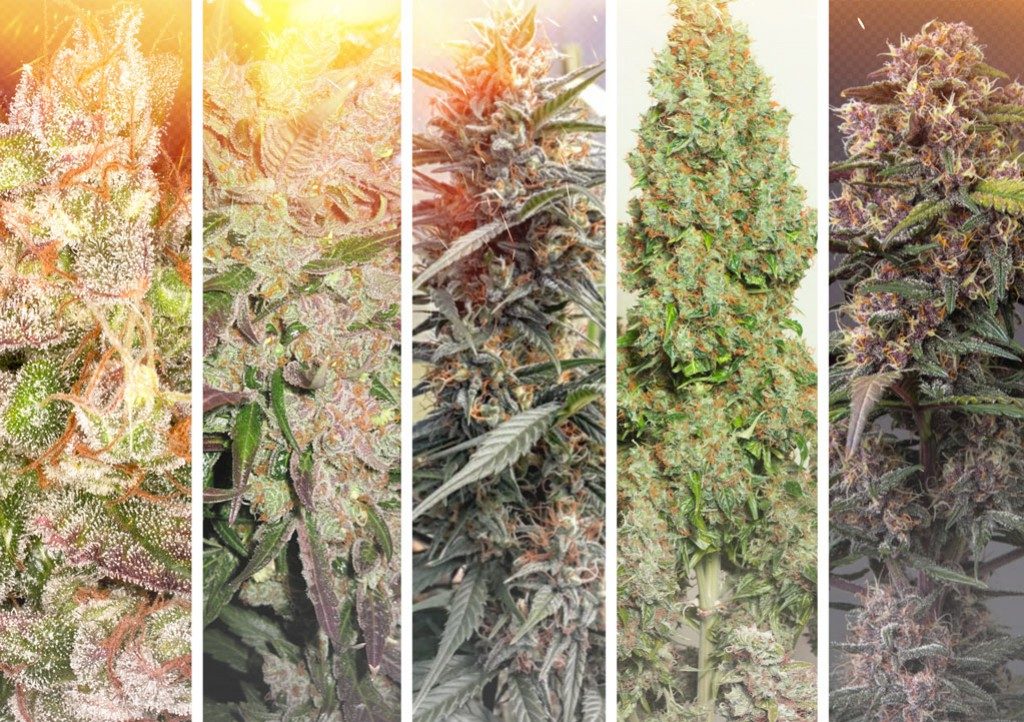
Warm climates can offer conditions which may be dry (desert like) or wet/damp. Even though cold weather may not be your main challenge you will find that warm climates bring their own issues:
Hot and dry
Hot and dry regions, such as Southern Mediterranean, Middle-East, Northern African or those found in southern USA regions offer long growing seasons, often without realistic threats of snow/frost. The absence of extreme cold is a bonus, meaning that long blooming photoperiod feminised strains are an option. So are autoflower seeds. Cannabis seeds can be germinated very early in the season. This allows 2-3 successive outdoor autoflower harvests or a traditional crop of feminised strains.
Dutch Passion long blooming feminised strains such as Desfran, Amsterdam Amnesia and Euforia will do well. So will other strains selected from the Dutch Passion sativa cannabis seed collection. Hot and dry regions may also be well suited to growing indica cannabis seeds, the dense final blooms grow well in low humidity conditions.
Hot and wet
Hot and wet climates present a few more challenges. Micro-climates can mean that some areas, such as certain coastal regions of hot areas will get plenty of rainfall. This may include some Caribbean countries or Asian countries which may also receive tropical rainstorms. The presence of moisture may make growing certain strains easier, removing the need for you to e.g. bring water to your plants.
However, the presence of moisture may mean that indica strains (with more mold-prone dense buds) are a little less suited than they might be in dryer climates. In general sativa cannabis seeds and Dutch outdoor cannabis seeds are good choices.
Growing cannabis in temperate climates
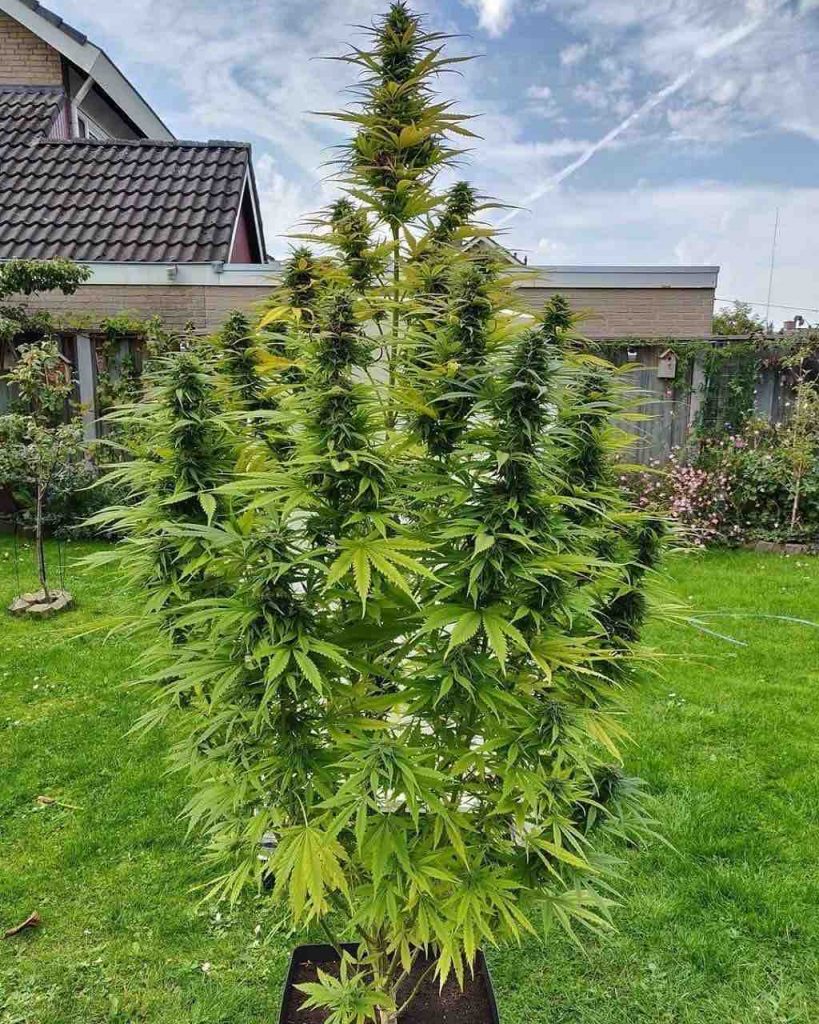
You may find that a range of cannabis genetics grow well in your temperate outdoor conditions. That gives you maximum choice of genetics and you may want to plant a mix of autoflower seeds and photoperiod feminised strains. However if your climate has any notable limitations (such as late spring frosts or early winter storms) you may need to re-think your strain options. There are several different types of temperate climate, each with their own subtle characteristics.
Continental
Continental climates are those found in large swathes of North America and Russia. The large mass of land steers climate conditions, often producing very cold winters and hot maximum summer temperatures. Within these continental land masses the individual microclimates can vary quite significantly. Coastal regions may remain more temperate with less temperature extremes than those regions deep within the continental land mass.
Those with temperature extremes will have shorter growing seasons and may lean more towards autoflower strains or tough Dutch outdoor seeds. Tough, durable photoperiod strains such as Passion #1 and Durban Poison are good choices. So too are autoflowers which should be able to find a warm/sunny 3-month grow window in such climates.
Mediterranean
Mediterranean regions such as Italy, Spain, Southern France etc have a great outdoor climate. Summers may be hot, but the prevailing mild weather is good for outdoor cannabis cultivation. Depending on your specific location you may be able to get 2 or 3 successive autoflower crops per year. With a long growing season you will be able to grow most strains, including longer blooming Haze and Sativa feminised strains.
Oceanic
Oceanic climates have much of their climate and temperature conditions dictated by the large oceans which they border. The large volumes of water act as a climatic buffer, preventing winters getting too cold and summers getting too hot. Large swathes of the US west coast have an oceanic climate, and enjoy good growing conditions as a result. However humidity can be high when coastal breezes reach land, but most growers in oceanic climates enjoy mild and long growing seasons. This allows a wide choice of indica, sativa or hybrid cannabis seeds to be grown. Autoflowers also grow well in these conditions, you may be able to get a couple of successive crops at lower latitudes.
Subtropical
Subtropical climates don’t enjoy quite the same mild conditions as those seen in more tropical regions. The weather conditions may have cooler winters and slightly more demanding conditions with a shorter growing season. Areas such as the USA South East, Southern Brazil and South East China are classified as humid sub tropical climates.
Growers in such areas may be able to grow a wide range of strains but may also pay particular attention to humidity conditions at harvest and select strains suited to their specific micro climates.
Coastal zones, for example, may have milder winters than more inland areas. But in general, growers should be able to grow a wide range of feminised and autoflower seeds without too many difficulties. Perhaps those with higher humidities may lean more towards sativa dominant strains.
Growing cannabis in cold climates
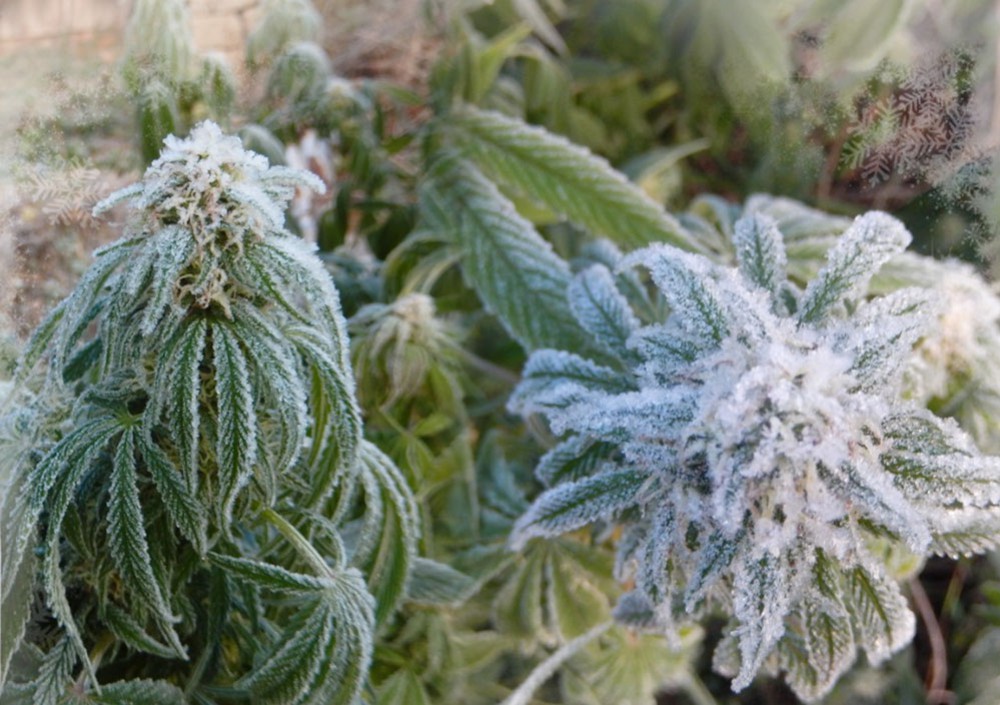
Cold climates tend to test the cannabis grower more than other climates. Often cool conditions exist around the start and end of the season, this creates risks for seedlings as well as harvest-ready plants.
Cold and dry
Cold and dry climates, such as those found in mountainous inland regions around Afghanistan, India, Pakistan and Himalayan regions often suit indica strains well. These cope with cooler temperatures, the fast bloom times suit the slightly shorter growing season. Indica seeds such as Mazar and Master Kush are good choices. So too are just about any autoflower strains.
Cold and wet
Cold and wet climates are often lashed with rain and may be coastal, meaning that humidity is a constant issue. Such countries include places like Greenland, Iceland and coastal northern parts of North America/Canada and Russia. The grow season is typically short. The dampness rules out many longer blooming photoperiods meaning that autoflower seeds are often the best (and only) choice.
Soil and water quality considerations for outdoor cannabis

The serious outdoor grower always checks their soil and water quality. If soil quality is poor it can be supplemented with additives or supermarket soil. Often the outdoor grower will scout and assess several different grow locations. The best ones will be private with low chances of discovery by hikers, dog walkers etc. They will also have some protection from the prevailing wind (perhaps an earth bank) and have good conditions for growth
Soil: The experienced grower will try to assess soil quality. Soil supplements can be added such as blood/fish/bone meal, worm castings, bat guano, seaweed, manure, compost and slow release organic nutrients (e.g. BioTabs). If the soil is too poor in nutrients, the determined grower will carry sacks of soil to the grow location.
Related:
How to choose the best soil for cannabis cultivation
Water: Usually local natural water pH is around 7 and good to use. But it’s worth checking to see if there is any pollution in your natural water source for your outdoor grow.
Choosing your grow location depending on climate factors
Privacy and climate are two of the primary considerations for the outdoor grower. If a convenient grow location can be found then you are guaranteed some highly satisfying fun growing your own cannabis seeds. Growing close to home allows you to keep a close eye on your plants. But if that makes you feel paranoid you can always check out Google Maps/Apple Maps for some countryside guerrilla inspiration.
Private garden
If you have a private garden and don’t mind using it for cannabis growing then you could be in luck. It will be easy to access your plants, monitor growth/development and look after them.
| PROS | CONS |
|---|---|
| Easy to access, maintain and tend to your plants. | Risks of growing on your own property are too high for some. |
Guerrilla growing
Many prefer the anonymity of growing plants in the countryside, forests and hills. You may not be able to visit your plants every day, but with the right cannabis seeds it won’t be necessary.
| PROS | CONS |
|---|---|
| Safe, anonymous growing done well away from your home. | Transporting the weed home may be a risk. Some people dislike driving & walking to their outdoor grow location. |
Greenhouse
Greenhouses allow added warmth and protection from poor weather, improving the chances of success and increasing the strain options.
| PROS | CONS |
|---|---|
| The greenhouse protects from the worst of the early and late season weather. This extends the growing season, allowing growers a wider selection of strains to grow. | Greenhouse growing may lack the privacy and security of a guerrilla grow in the countryside. Some pests can be tricky to control in a greenhouse. |
Balcony
A small balcony area in a sun-facing location can be a perfect spot to grow a plant or two. It’s rewarding and enjoyable to be able to see daily plant progress.
| PROS | CONS |
|---|---|
| A sun-facing balcony can offer all-day sunshine and privacy. It’s easy to monitor your plants. | Not everyone feels comfortable growing weed on their own property. |
Rooftop/terrace
Many people grow a plant or two on a rooftop or roof terrace. In the right locations this can allow plenty of privacy as well as good grow conditions and direct sunlight.
| PROS | CONS |
|---|---|
| Rooftop grow locations often have great all-day sunshine. Autoflowers maintain a low height/profile and may be useful. | May be necessary to protect plants from wind. Some growers may be nervous about plant visibility from neighbouring properties. |
Buy the best cannabis seeds for outdoor growing
With over 35 years supplying cannabis seeds Dutch Passion have belief up an enviable collection of cannabis genetics. The cannabis seed collection is conveniently split into several collections, such as the Dutch Outdoor cannabis seed collection, High Altitude cannabis seeds, autoflower seeds, indica seeds, sativa seeds etc.
Over 70 cannabis cups have also been won along the way! If you’re looking to grow some cannabis outdoors seeds and want to maximise your chances of success choose the best cannabis seeds for your climate and grow location. Enjoy the grow and good luck!


